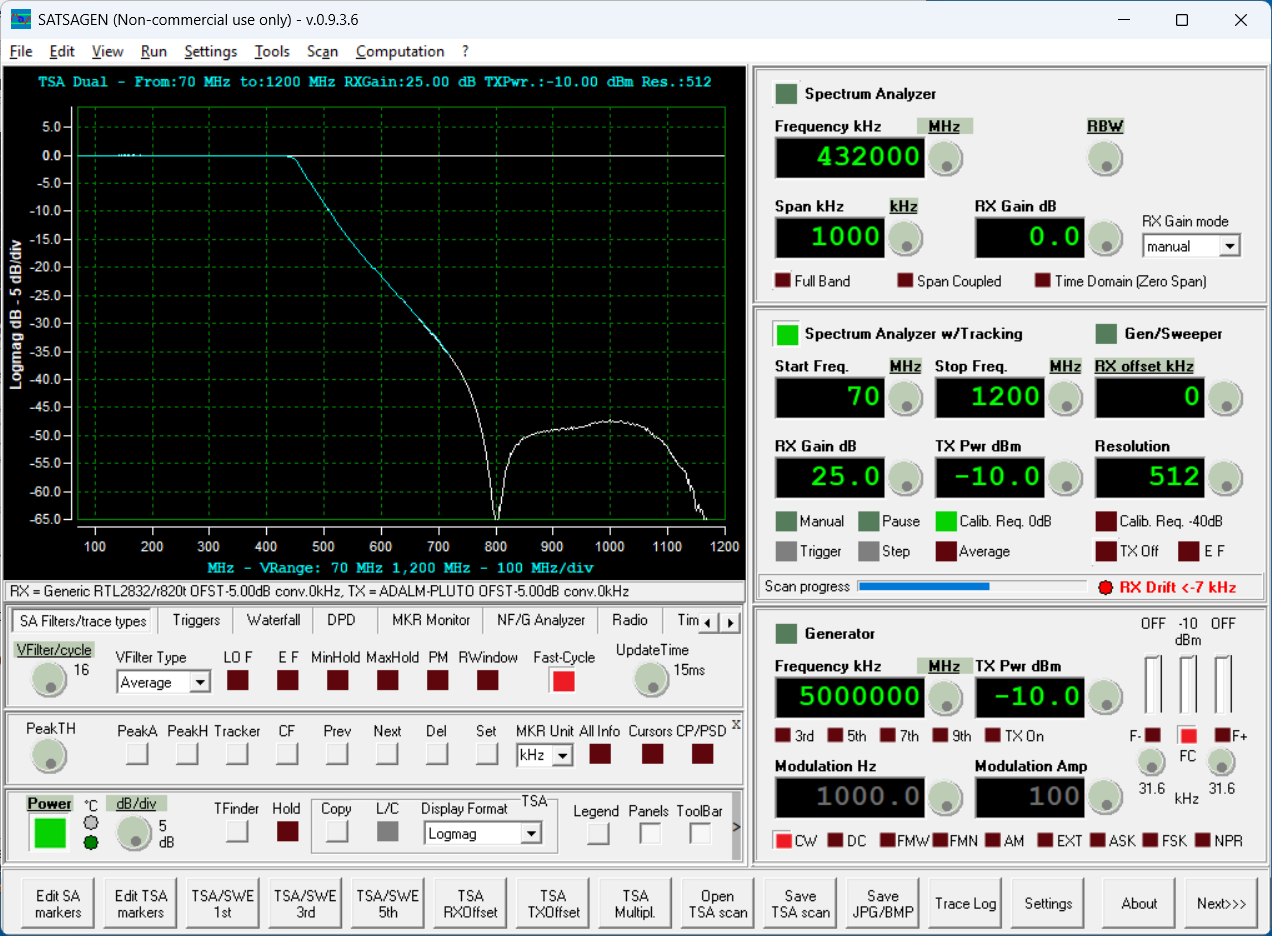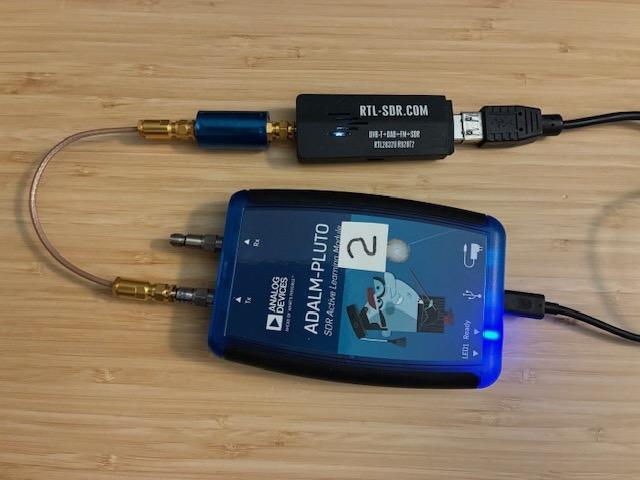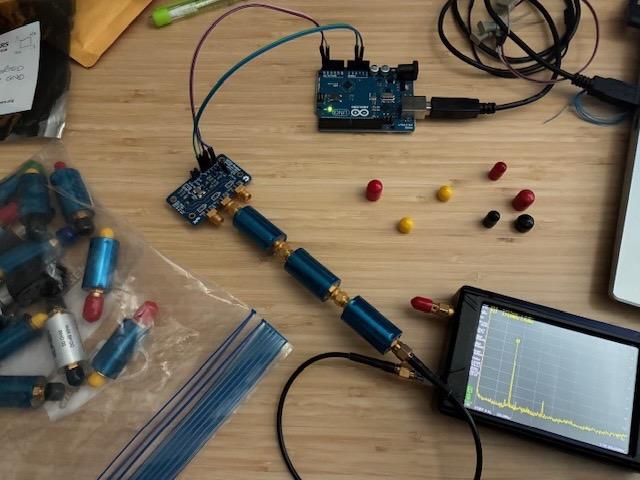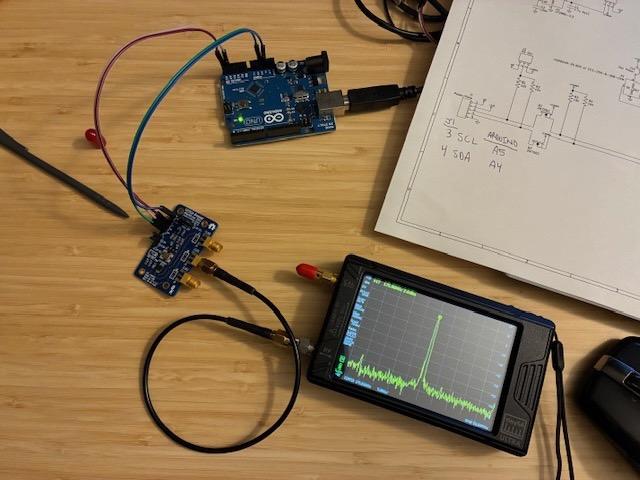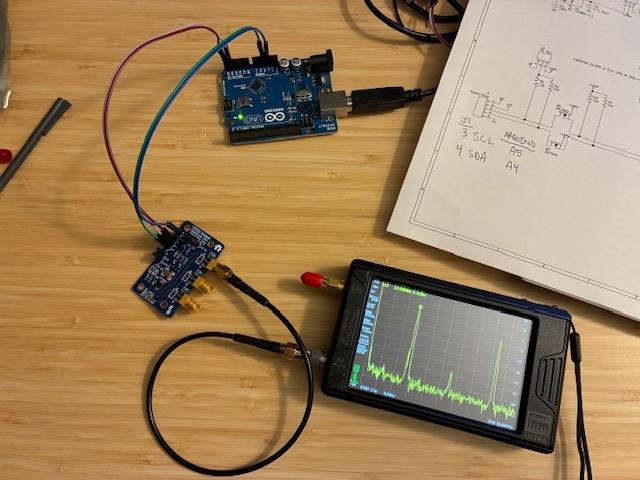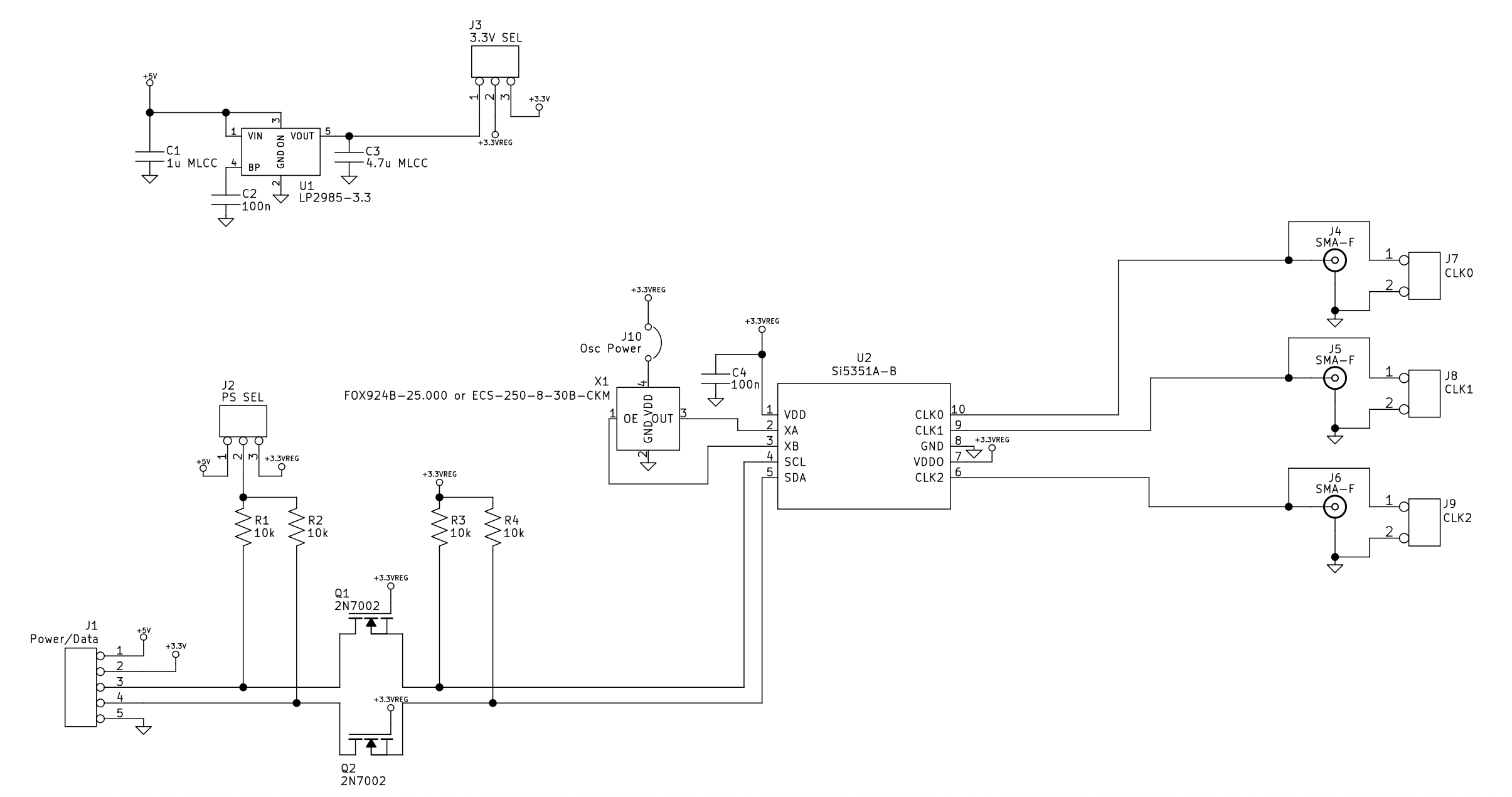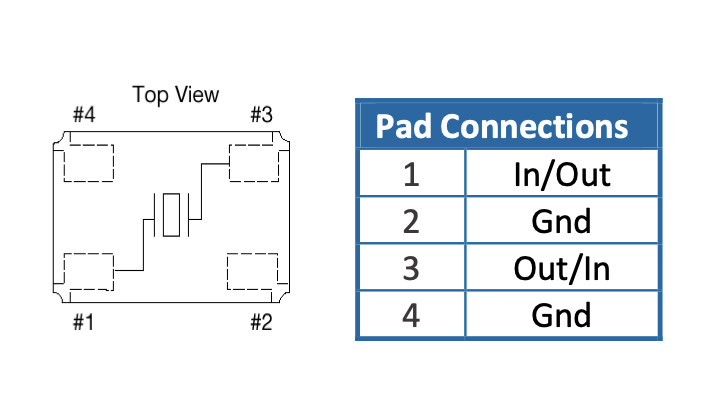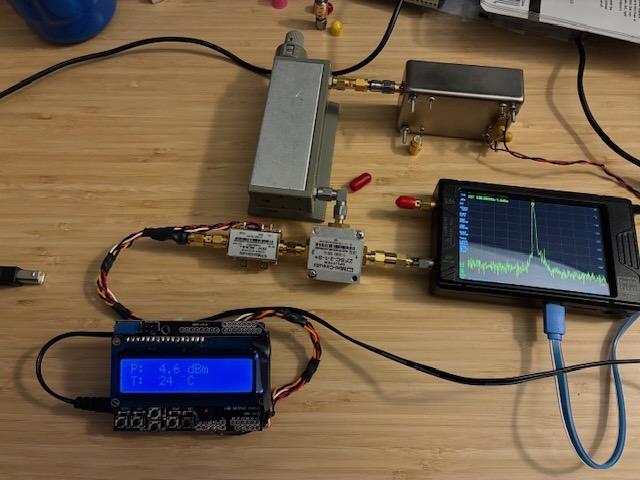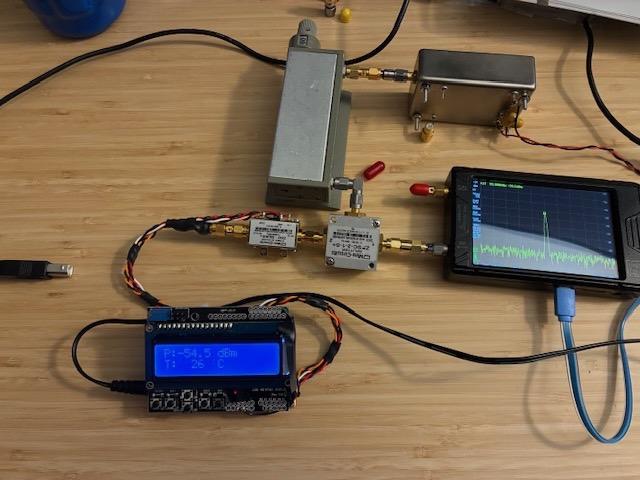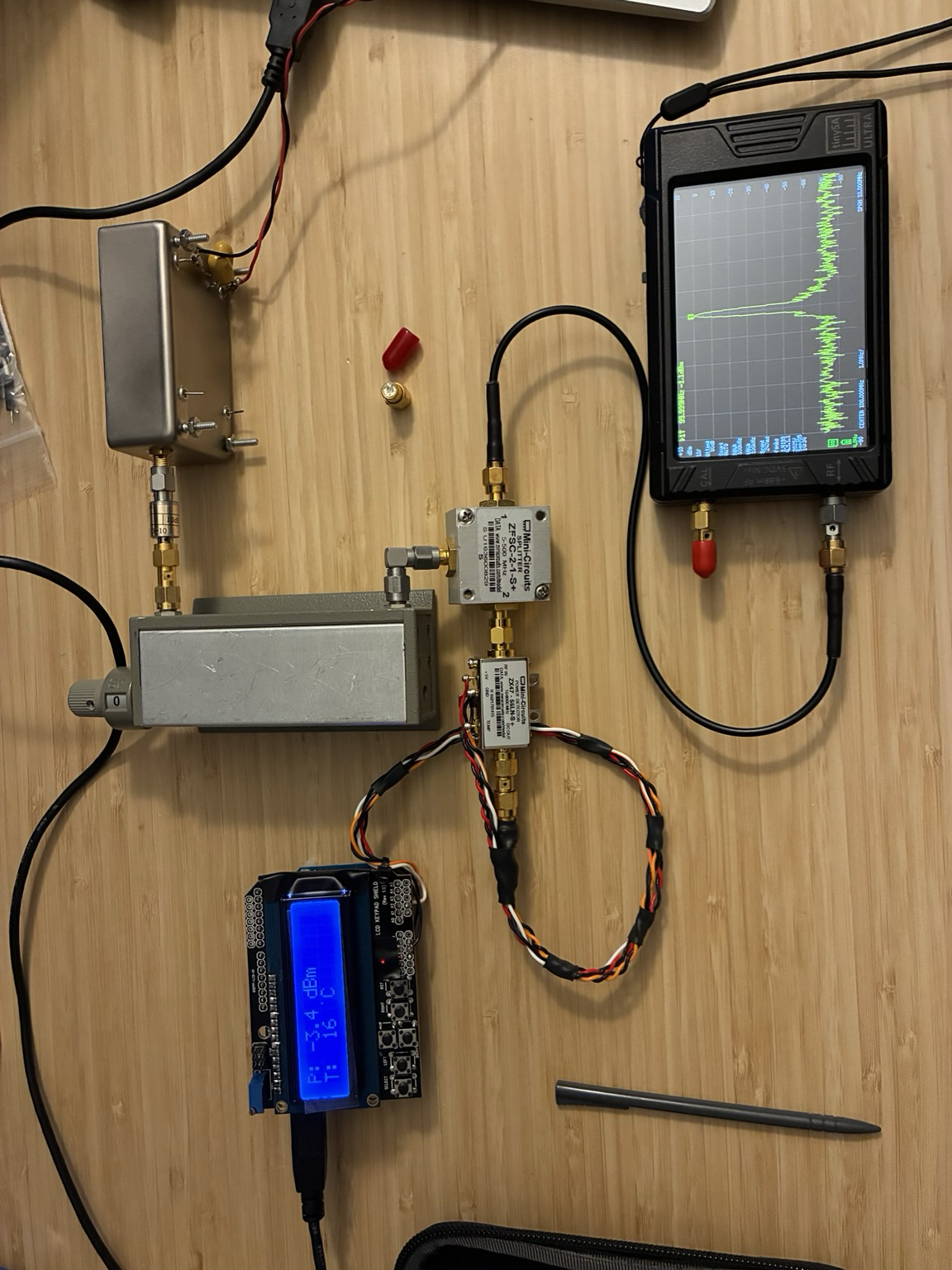Exploring lower cost alternatives in measuring RF filter frequency response… Added a RTL-SDR to my SATSAGEN controlled scalar network analyzer setup just to see if how well it might work. TLDR: It works pretty well! Isolation between TX/RX is improved with this setup. Details in the blog post at: https://qsl.net/n8dmt/pluto-rtl-sdr-and-satsagen/index.html
#HamRadio #TestEquipment #RTLSDR
